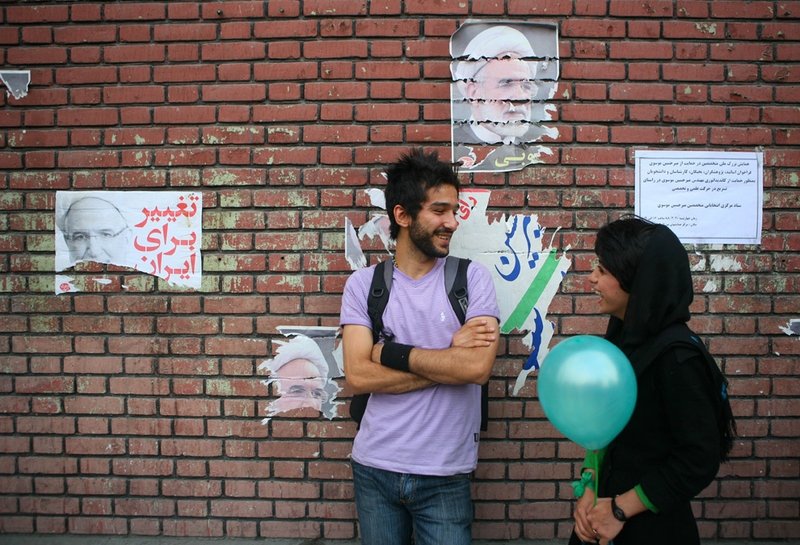|
|
The Riots In Tehran, Iran
|
Another major Iranian city is Isfahan (population 1,583,609), which is the capital of Isfahan Province. The Naqsh-e Jahan Square in Isfahan has been designated by UNESCO as a World Heritage Site. The city contains a wide variety of Islamic architectural sites ranging from the 11th to the 19th century. The growth of the suburban area around the city has turned Isfahan into Iran's second most populous metropolitan area (3,430,353).
The fourth major city of Iran is Tabriz (population 1,378,935), the capital of the East Azerbaijan Province. It is also the second industrial city of Iran after Tehran. Tabriz had been the second largest city in Iran until the late 1960s and one of its former capitals and residence of the crown prince under the Qajar dynasty. The city has proven extremely influential in the country’s recent history.
The fifth major city is Karaj (population 1,377,450), located in Alborz Province and situated 20 km west of Tehran, at the foot of the Alborz mountains; however, the city is increasingly becoming an extension of metropolitan Tehran.
The sixth major Iranian city is Shiraz (population 1,214,808); it is the capital of Fars Province. The Elamite civilization to the west greatly influenced the area, which soon came to be known as Persis. The ancient Persians were present in the region from about the 9th century BC, and became rulers of a large empire under the Achaemenid dynasty in the 6th century BC. The ruins of Persepolis and Pasargadae, two of the four capitals of the Achaemenid Empire, are located in or near Shiraz. Persepolis was the ceremonial capital of the Achaemenid Empire and is situated 70 km northeast of modern Shiraz. UNESCO declared the citadel of Persepolis a World Heritage Site in 1979.
|
|









